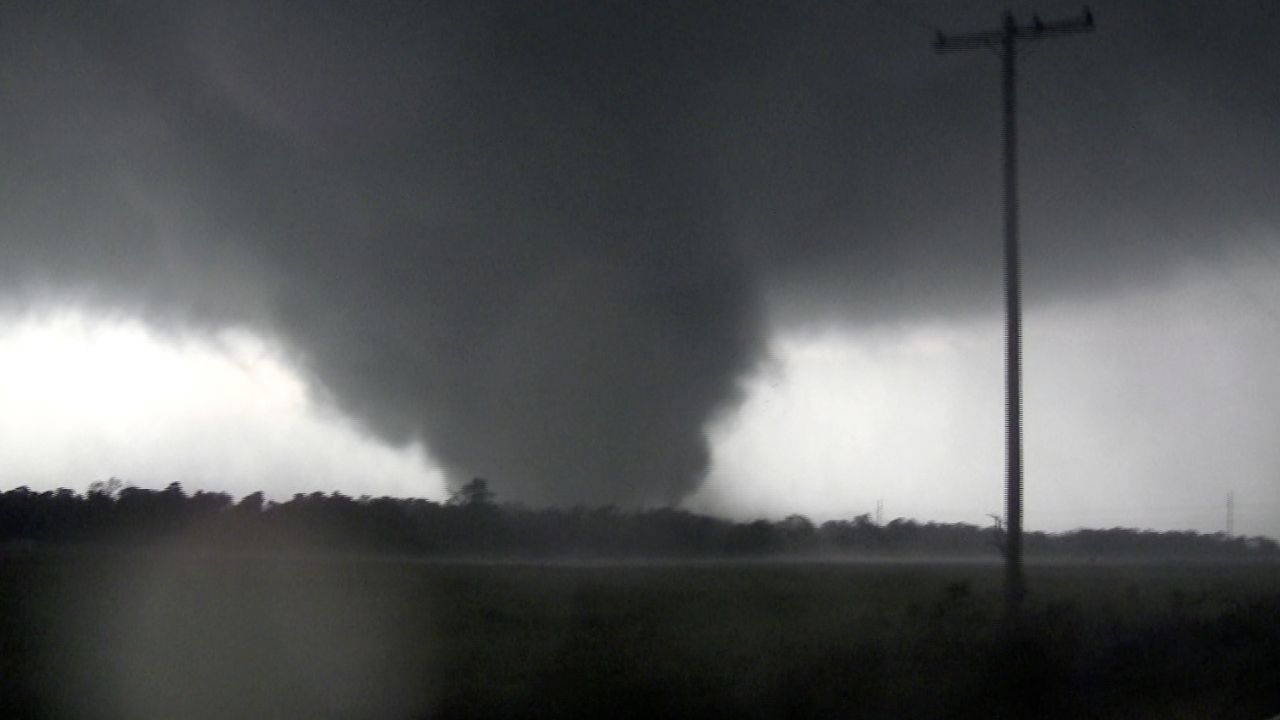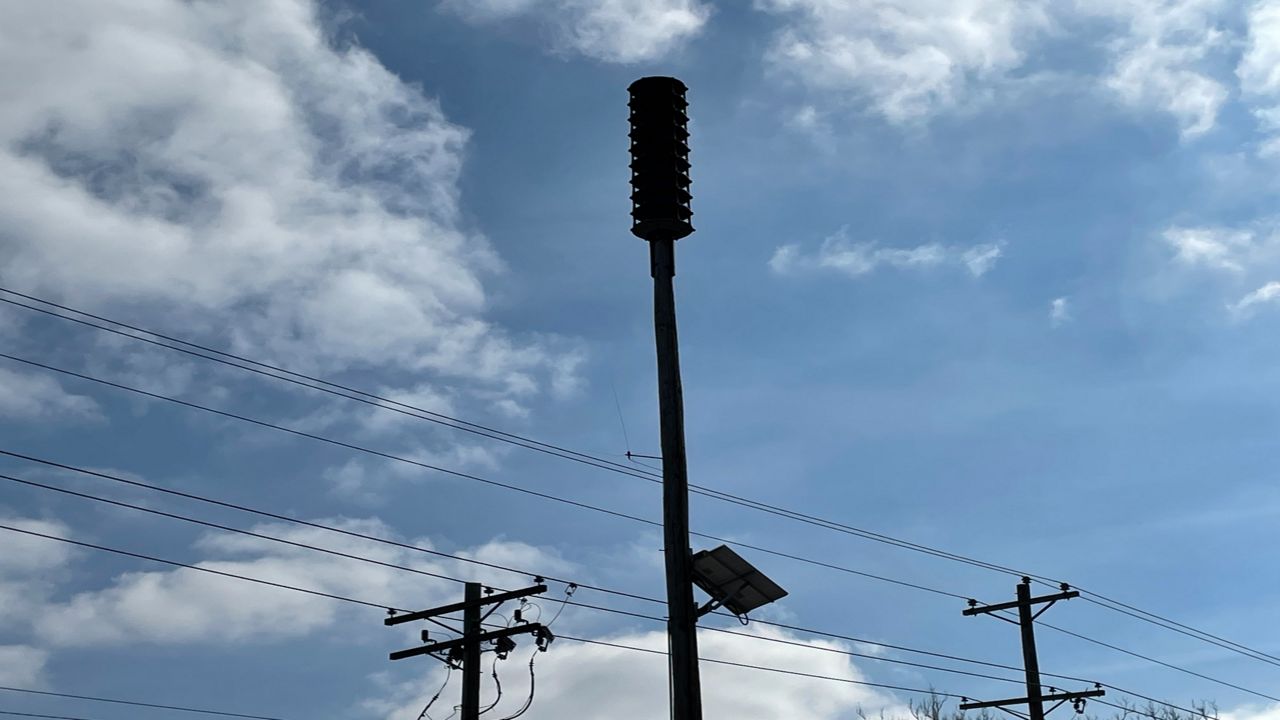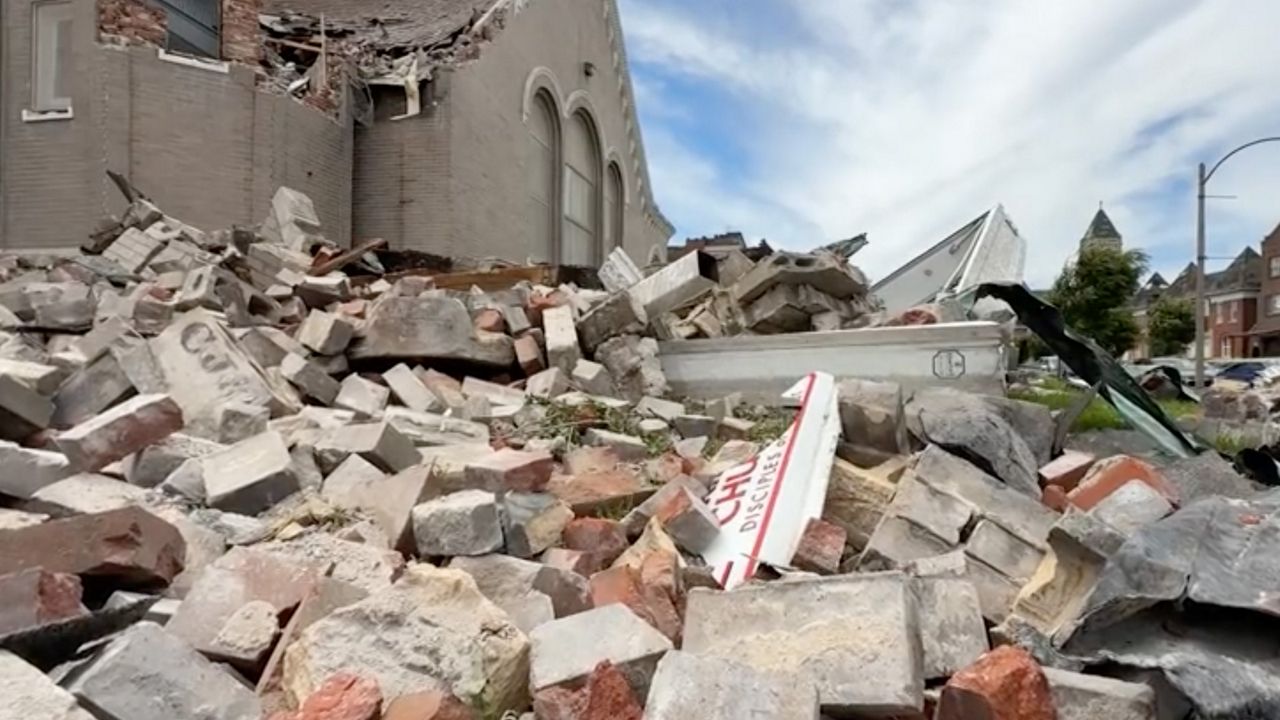Living in Missouri, tornado sirens are a part of the landscape and a piece of technology that is potentially life-saving. You probably pass by several a day and don’t give them a second thought.
Here are the five things you need to know about Missouri’s tornado sirens.
Sirens originated from the Cold War, providing communities a loud warning in case of a nuclear attack. By the 1970s, the threat of a nuclear attack no longer existed, so communities repurposed the sirens into tornado sirens.
While technology has improved in the last 50 years, the purpose remains the same: to warn people to go indoors during an imminent threat, like a tornado. The sirens sound during an active tornado warning, however, you can’t always hear the sirens indoors.
Designed for outdoors, the sirens’ purpose is to alert people who are outside to seek indoor shelter.
When the National Weather Service issues a Tornado Warning, the county or municipality’s Department of Emergency Management will then trigger the sirens in their area.
Some counties, such as St. Charles County, have county-wide sirens. That means if a warning comes out for one area in the county, it will trigger the sirens in the entire county.
A recent storm in western St. Charles County had an active tornado warning. Despite this area as a small portion of the county, they set the warnings off for the entire county.
This had all public buildings, including libraries and schools, following their severe weather protocols. Meaning, school children and library patrons had to stay sheltered in place until the warning expired for the county.
The county defends this practice, saying “selecting and grouping the correct sirens for the specific area under warning would be slower and less efficient than activating the entire system that alerts our entire county.” St. Charles County has 136 sirens around the county.
St. Louis County has 204 sirens dispersed throughout the county to ensure sufficient alerting coverage.
They conduct monthly tests on their sirens on the first Monday of the month at 11 a.m. At around $30,000, plus installation for the cost of just one siren, that’s around $6.1 million the county has spent for all 204 sirens.
Jefferson County, Mo. does not have an outdoor active warning system, but their website explains that some of their municipalities do. They do have a “codeRED” system which residents can opt into and is a text message sent during severe weather.
According to data from 1950 to 2021, an average of 3.8 tornadoes hit the St. Louis metro each year.
This “metro” includes St. Louis City and County, Lincoln, St. Charles, Franklin and Jefferson Counties in Missouri, and Calhoun, Jersey, Macoupin, Madison, St. Clair, Clinton Monroe Counties in Illinois.

Spring is when tornadoes are most prevalent in the “Show Me” state, thanks to the clashing of air masses over the region.
According to the Missouri State Climatologist, Pan Guinan, Missouri experiences just over 30 tornadoes a year, with nearly 50% of them occurring during the months of April and May.
While tornadoes can happen anytime of the day, most of the tornadoes on record (83%) occurred between the hours of noon and midnight.
Tornado sirens, combined with the Spectrum News app and a NOAA Weather Radio, give you the best chance at staying safe, especially during overnight storms.
The best way to protect yourself from severe weather events is to be educated on what to do when a watch or a warning is issued.
Have a severe weather plan and practice it, including designating a safe space in your home.
Our team of meteorologists dives deep into the science of weather and breaks down timely weather data and information. To view more weather and climate stories, check out our weather blogs section.








